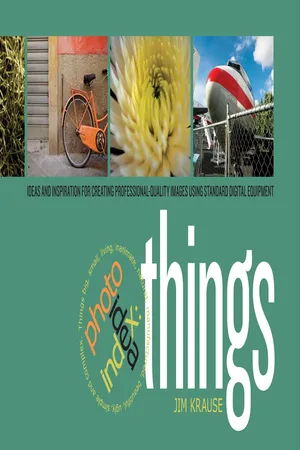
eBook - ePub
Photo Idea Index - Things
Ideas and Inspiration for Creating Professional-Quality Images Using Standard Digital Equipment
- 360 pages
- English
- ePUB (mobile friendly)
- Available on iOS & Android
eBook - ePub
Photo Idea Index - Things
Ideas and Inspiration for Creating Professional-Quality Images Using Standard Digital Equipment
About this book
Discover the things around you through the eye of your camera
Photo Idea Index: Things is a photography book unlike any other. Rather than focusing on the "how to" aspects of digital photography, author Jim Krause focuses on the "what if" aspects. You'll learn how to use your camera to explore the world around you from different perspectives and how to capture awe-inspiring digital images. For inspiration, you'll find a vast assortment of photos of household objects, plants, animals, machines, architectural details, treasure and trash. Krause shares his shooting techniques—both on-site and post-shooting digital treatments—so you can train your eyes to look for situations that will allow you to capture shots and create remarkable compositions.
Photo Idea Index: Things is a photography book unlike any other. Rather than focusing on the "how to" aspects of digital photography, author Jim Krause focuses on the "what if" aspects. You'll learn how to use your camera to explore the world around you from different perspectives and how to capture awe-inspiring digital images. For inspiration, you'll find a vast assortment of photos of household objects, plants, animals, machines, architectural details, treasure and trash. Krause shares his shooting techniques—both on-site and post-shooting digital treatments—so you can train your eyes to look for situations that will allow you to capture shots and create remarkable compositions.
Frequently asked questions
Yes, you can cancel anytime from the Subscription tab in your account settings on the Perlego website. Your subscription will stay active until the end of your current billing period. Learn how to cancel your subscription.
At the moment all of our mobile-responsive ePub books are available to download via the app. Most of our PDFs are also available to download and we're working on making the final remaining ones downloadable now. Learn more here.
Perlego offers two plans: Essential and Complete
- Essential is ideal for learners and professionals who enjoy exploring a wide range of subjects. Access the Essential Library with 800,000+ trusted titles and best-sellers across business, personal growth, and the humanities. Includes unlimited reading time and Standard Read Aloud voice.
- Complete: Perfect for advanced learners and researchers needing full, unrestricted access. Unlock 1.4M+ books across hundreds of subjects, including academic and specialized titles. The Complete Plan also includes advanced features like Premium Read Aloud and Research Assistant.
We are an online textbook subscription service, where you can get access to an entire online library for less than the price of a single book per month. With over 1 million books across 1000+ topics, we’ve got you covered! Learn more here.
Look out for the read-aloud symbol on your next book to see if you can listen to it. The read-aloud tool reads text aloud for you, highlighting the text as it is being read. You can pause it, speed it up and slow it down. Learn more here.
Yes! You can use the Perlego app on both iOS or Android devices to read anytime, anywhere — even offline. Perfect for commutes or when you’re on the go.
Please note we cannot support devices running on iOS 13 and Android 7 or earlier. Learn more about using the app.
Please note we cannot support devices running on iOS 13 and Android 7 or earlier. Learn more about using the app.
Yes, you can access Photo Idea Index - Things by Jim Krause in PDF and/or ePUB format, as well as other popular books in Design & Art General. We have over one million books available in our catalogue for you to explore.
Information
1
Extraordinary
Everything is photogenic. Every person, place and thing has something extraordinary to offer a creative and resourceful photographer—it’s usually just a matter of capturing the shot from the right viewpoint, in flattering light or in an intriguing context.
Things are the subjects-of-choice for this book. And here, in the opening chapter, the focus is on finding interesting and attractive ways of photographing particularly ordinary things—the kinds of objects you’re likely to find around the house, office or neighborhood.
This book’s images are presented without text. Technical information, anecdotal tidbits and project ideas related to each section’s photos are contained in the last two pages of each chapter.


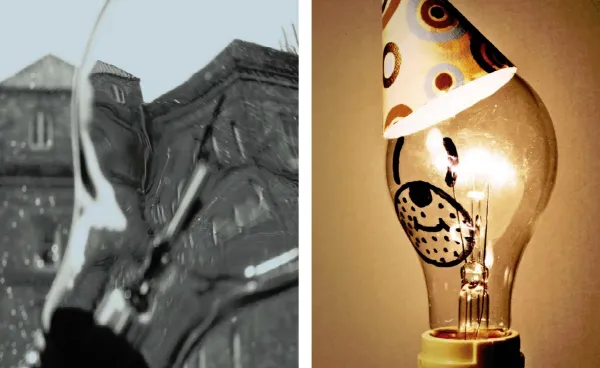
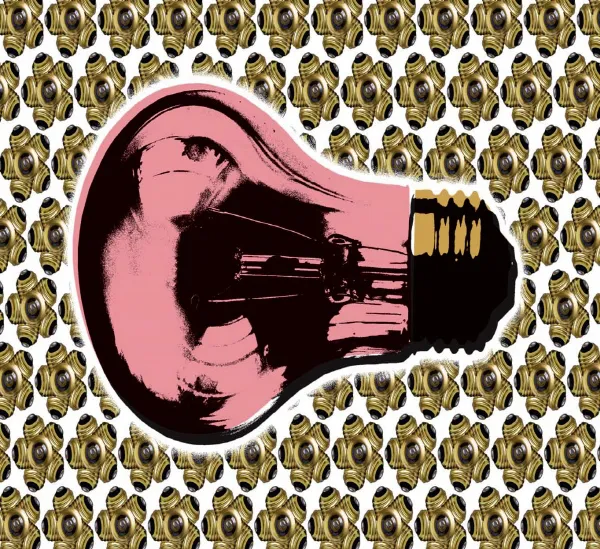
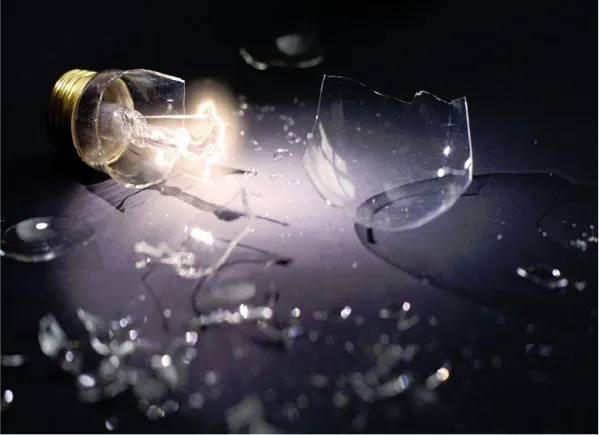
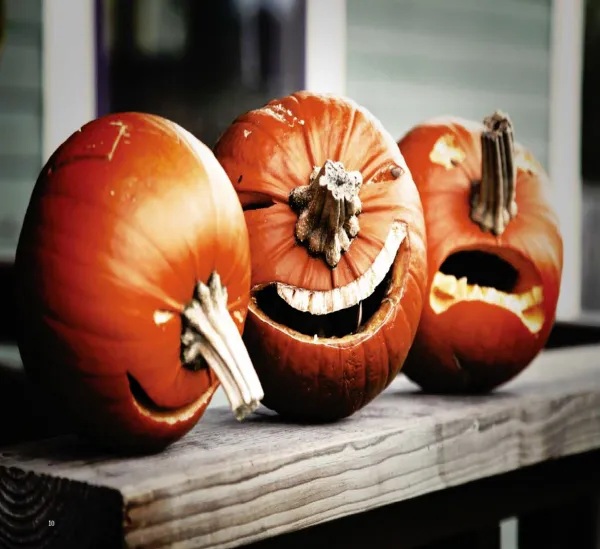
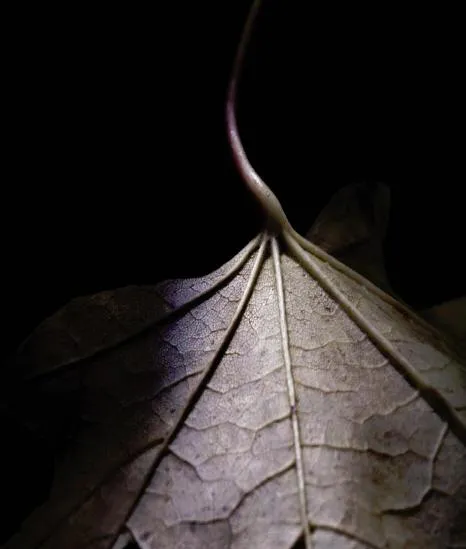
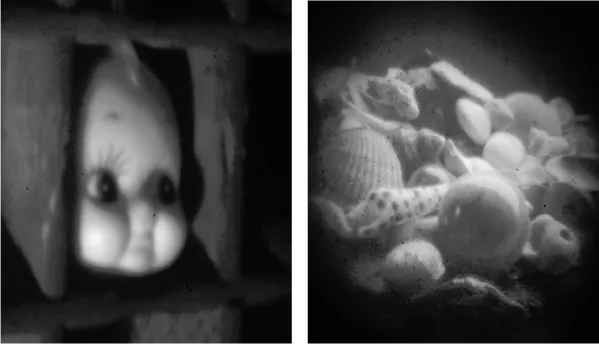


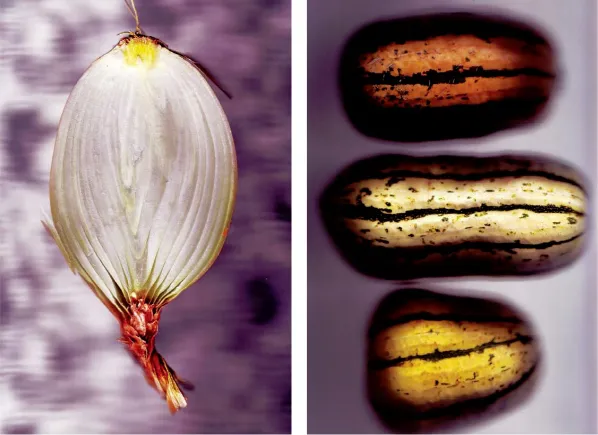
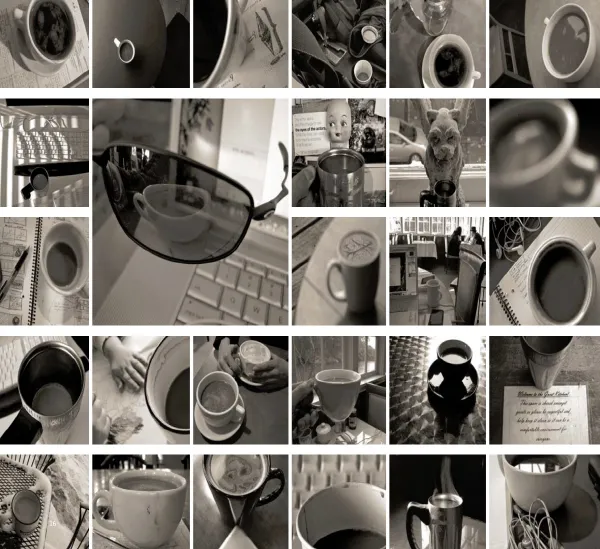

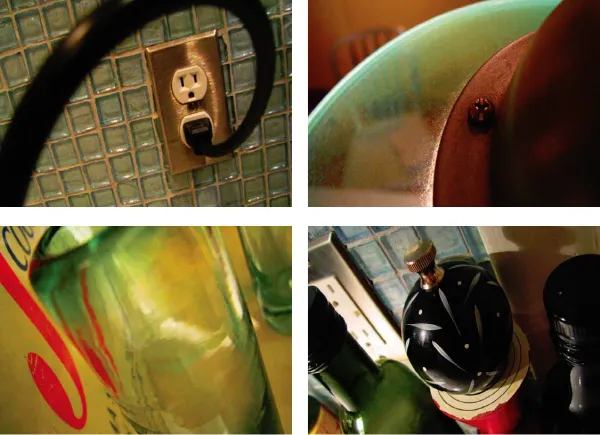
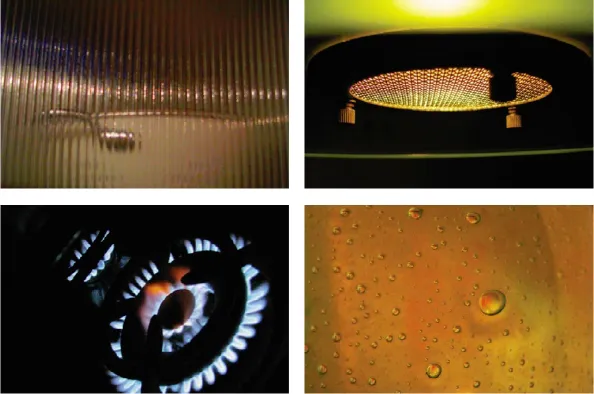
Pick up a light bulb. Look at it. It’s a very ordinary thing, isn’t it? Now, how about fetching a camera and spending an hour taking pictures of this unassuming subject of yours? Strive to shoot only photos that feel original and intriguing. How far can you take this? Will your hour of picture-taking turn into two? Three? You might be surprised how a simple creative exercise like this can boost your esteem for everyday objects and your range of photographic skills and approaches.

It’s amazing what a backdrop can do. For example, consider the lively conveyances this light bulb has gained simply by being placed on a sheet of decorative art paper. I keep a large folder of assorted papers and fabrics behind a set of shelves in my studio: It’s great to have these ready-to-go backdrops around when I want to spice up a photo.
If time allows, ponder the qualities of whatever it is you want to take a picture of—before you begin shooting. Look closely at the forms, features and textures that define your subject. Ask yourself, what are this thing’s most interesting and descriptive attributes? Where should I place the camera in order to capture these details? Is the prevailing light adequate for a good shot, or will I need to do something to improve the scene’s illumination? Can I place this thing in a certain setting to convey an intriguing message?

This spread, from left: the bulb’s lit filament is shot with a 100mm macro lens; an end-view of the bulb, converted to a monochrome image using Photoshop’s BLACK AND WHITE effect; the bulb’s curved glass is used to warp the form of a nearby building; and the bulb after a makeover using a permanent marker and a scrap from the sheet of paper featured on the previous spread.
What about using Photoshop to convert your image(s) into a more graphic form of art? The flower-like design used for this page’s background pattern was built by combining two views of the bulb’s base. The illustration of the large bulb was created by applying a THRESHOLD adjustment to an ordinary photo of the bulb. Panels of pink and gold were painted into a layer beneath the bulb. The soft white fringe around the bulb was adding by using the OUTER GLOW effect.

I still had a couple shots planned for my light bulb when it was accidently knocked loose from its perch on a tall stand. This minor studio disaster turned out to be an opportunity in disguise (as minor studio disasters often do). The image on this page was created by photographing the bulb’s remains and then adding a lit filament that was digitally borrowed from another image. Since the broken bulb emitted no light of its own, a small flashlight was aimed into the scene to create a pool of illumination.
Moving outdoors now... a trio of carved pumpkins share laughs (and a fright) on a porch rail. When you come across a ready-made scene like this, explore different vantage points from which to shoot—look for the ones that produce a likable composition and an agreeable interaction between the subject and its backdrop.
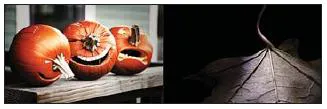
How about bringing some elements from the natural world inside for a photo session? This maple leaf was brought into my studio where it was clipped to a stand and lit with the narrow beam of a keychain light. The camera was set on a tripod since the low light conditions called for long exposures. A 100mm macro lens was used for the shot.
A set of old-school pinhole images—shot with a modern digital SLR. A pinhole lens was created by using a needle to poke a tiny hole in the SLR’s removable dust cover (the cover that’s unscrewed from the camera’s body before attaching a regular lens). There are many different ways of using your SLR to take pinhole images— this is just one of them. My advice: Do an online search for the latest tips, techniques and photographic samples.
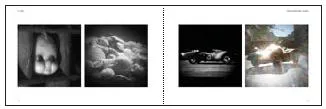
A tripod is usually needed to steady the camera when taking pictures through a pinhole lens (a typical pinhole exposure may last anywhere from 3 to 20 seconds). Digital SLRs take some of the guesswork out of determining correct exposure times for this type of shooting since they allow the photographer to review their shots and make adjustments according to what is seen on t...
Table of contents
- Cover Page
- Title Page
- Copyright
- Table of Contents
- 1: Extraordinary
- 2: Collections
- 3: Components
- 4: Close Up
- 5: Abstraction
- 6: Water and Stone
- 7: Clouds
- 8: Givers of Light
- 9: Shadow World
- 10: Keeping It Fresh
- 11: Flora and Forest
- 12: Creatures
- 13: Likenesses
- 14: Metaphor and Suggestion
- 15: Sign Language
- 16: Hidden Treasure
- 17: Inner Workings
- 18: Transport
- 19: Art, Out and About
- Glossary